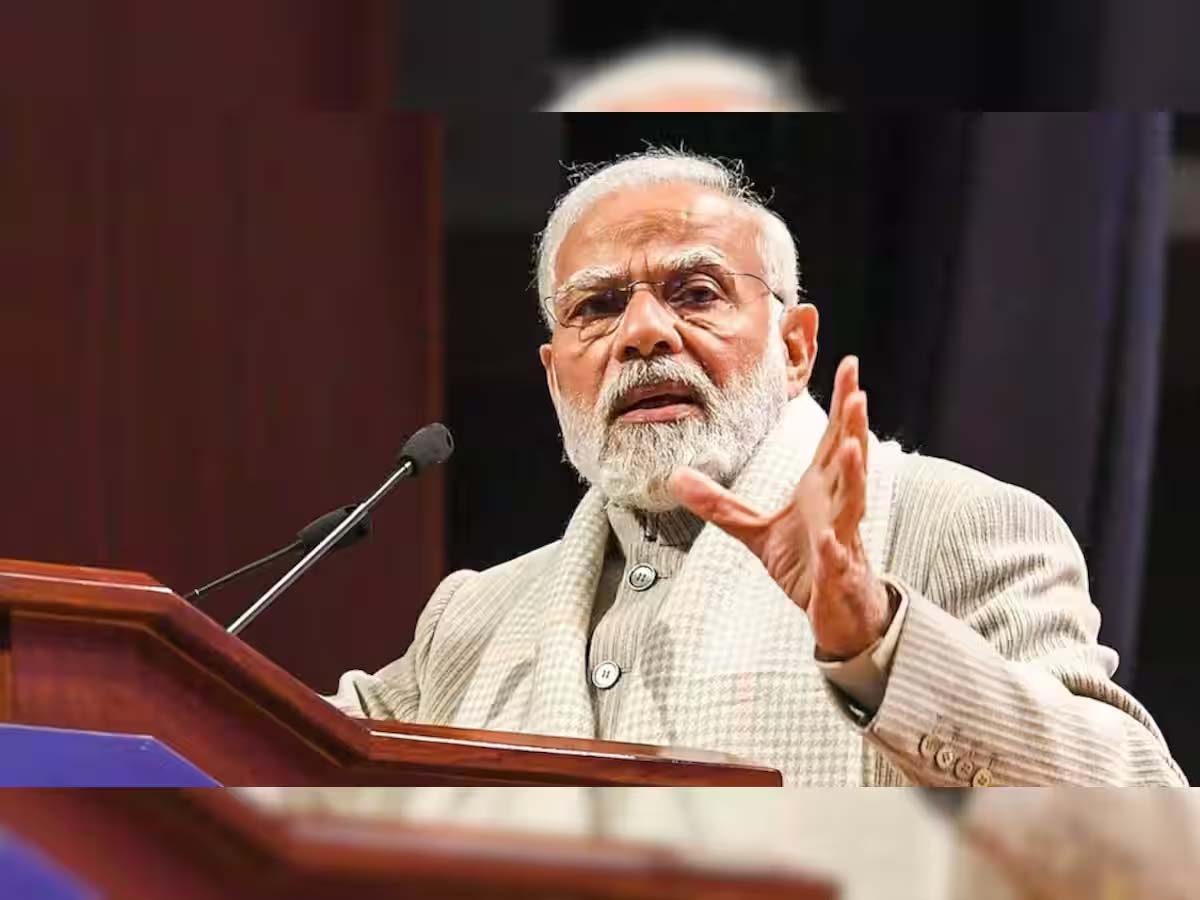In the realm of politics, there are years when nothing transpires, and then there are days when epochs unfold. Observing the events that transpired on June 4 and the days that followed, it’s evident that the next quintet of years in Indian politics will be protracted and tumultuous.
On Sunday evening, Modi was inaugurated as the Prime Minister of India for a third successive term, but Modi 3.0 bears little resemblance to his previous tenures. Modi is compelled to incorporate allies into his cabinet, yet he maintains his core team, aiming to project a facade of continuity. However, in reality, Modi is navigating uncharted waters in his political voyage.
Narendra Modi’s political trajectory has predominantly been characterized by his leadership of the Bharatiya Janata Party (BJP) in an environment where coalition politics was not a significant factor. His governance has largely hinged on single-party dominance.
India’s 2024 mandate has dramatically altered the landscape, heralding a pivotal epoch in Indian political history. Even the meticulously orchestrated visuals and commentary of the swearing-in ceremony failed to mask the unease in the leaders’ demeanor.
So, what lies ahead? Coalition partners will undoubtedly demand their share of power. Their substantial bargaining leverage will stifle the flamboyant essence emblematic of Modi’s persona. A diminution in Modi’s charismatic presence could erode his extensive fan base.
For Narendra Modi, preserving his authoritative image will be the paramount challenge. He ruled Gujarat for twelve years with an unassailable majority and has governed India for a decade under similar circumstances. This is the first instance where the BJP lacks a simple majority, presenting Modi with unfamiliar terrain.
Modi’s governance is characterized by centralized decision-making, often accentuating the Prime Minister’s Office (PMO). This approach is more viable in a single-party government where internal dissent is more manageable. Even as Gujarat’s Chief Minister from 2001 to 2014, Modi led without coalition dependencies.
His style also involves exerting maximum power, controlling media narratives, suppressing opposition, dominating government institutions, marginalizing intellectuals and independent voices, and ridiculing dissenters. Supporters revere his religious, militant, and masculine image, celebrating their invincible leader who remains unchallenged. To some extent, the bulldozer has emerged as a symbol of the ruling regime in the Hindi-speaking regions.
With the shift towards coalition management, it is improbable that Modi’s millions of supporters will witness the same attributes in their leader. Coalition politics necessitates extensive negotiation to reconcile the interests of various parties.
Modi is undoubtedly cognizant that Nitish Kumar of the JDU and Chandrababu Naidu of the TDP, two major coalition partners, have previously spoken vehemently against him. Should the INDIA bloc present a more lucrative offer, they might not hesitate to switch allegiances.
Brand Narendra Modi emerged from the 2002 Gujarat communal violence. Few had heard of Modi when he replaced Gujarat CM Keshubhai Patel. He was known to be close to then Deputy PM L K Advani and played a crucial role in organizing Advani’s infamous Rath Yatra in 1990, which led to the Babri mosque’s demolition in 1992 and propelled the BJP to power at the Centre.
Historical instances of leaders losing their parliamentary majority, resulting in weakened leadership, often involve substantial political instability and governance challenges. Margaret Thatcher, the former UK Prime Minister, is a notable example. Once dubbed “The Iron Lady,” she was re-elected for a third term in 1987. However, her increasingly Eurosceptic stance alienated her cabinet, leading to her resignation in 1990 and replacement by John Major.
Though the BJP may lack an outright majority, Modi and Shah are not entirely unfamiliar with such scenarios. In the 2017 Gujarat assembly elections, the BJP secured 99 out of 182 seats, barely above the majority threshold. The ‘Gujarat Model’ was then implemented, resulting in numerous Congress leaders joining the BJP, increasing their tally from 99 to 112 seats before the 2022 elections, where the BJP achieved a super majority of 156 seats, a historic victory.
It is highly probable that Modi and Shah will replicate this Gujarat Model at the Centre to bolster their numbers. If unsuccessful, the NDA might consider replacing Modi as Prime Minister to complete the full term.
The greatest challenge Modi and Shah now face is internal discord within the BJP, particularly from states like Uttar Pradesh, Rajasthan, Maharashtra, and Madhya Pradesh.
The dearth of competent governance, especially in addressing inflation, unemployment, and agrarian distress, may incite nationwide protests. The narrow vote share gap between the NDA (43.7%) and the INDIA bloc (41.4%) in the 2024 results will persistently haunt the BJP. Upcoming assembly elections in Haryana, Maharashtra, Delhi, and J&K will further test the Modi brand.




